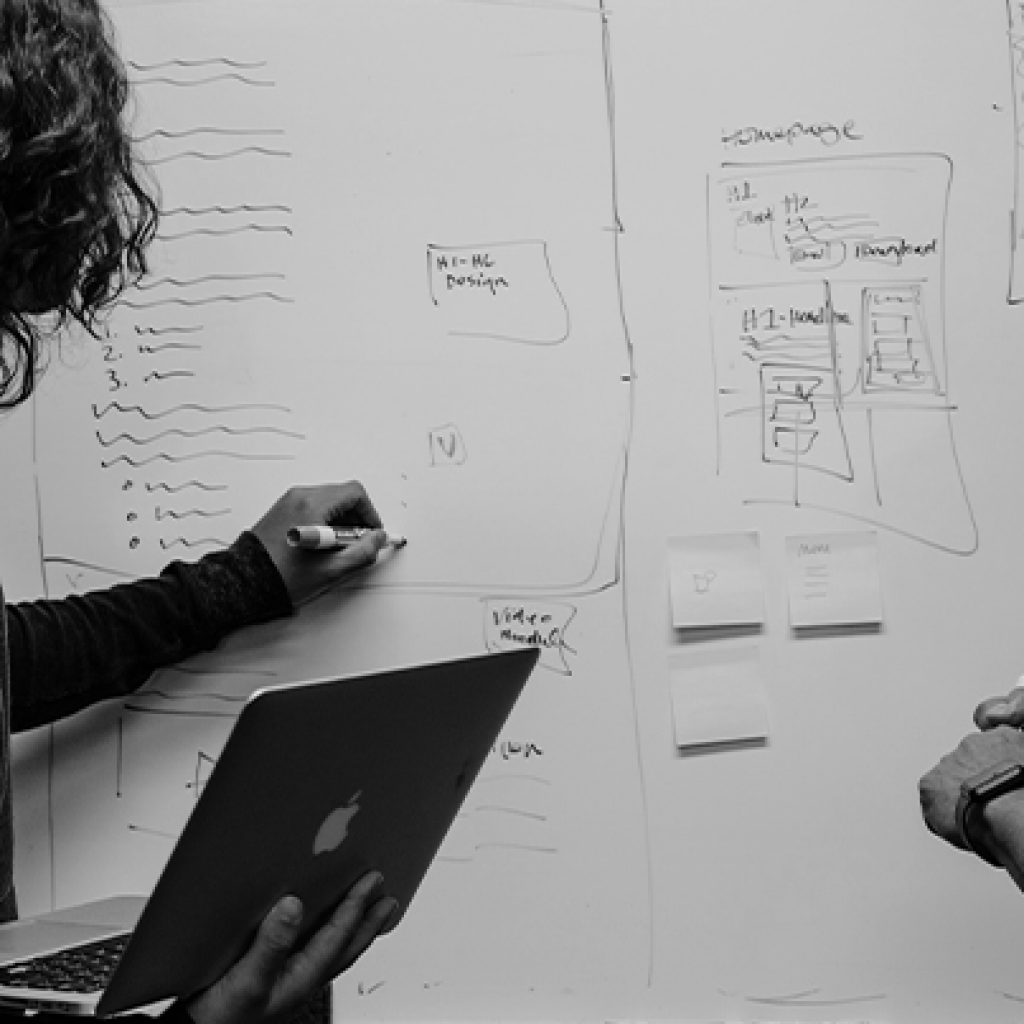In today’s fast-paced business environment, CEOs are faced with the constant challenge of staying relevant and competitive. To achieve this, many are pursuing profound reinvention – actively seeking significant changes and transformations in their companies. This could mean diversifying their business, re-imagining their value proposition, and answering fundamental questions about their company’s place in the world. As we will see, this is becoming increasingly important as CEOs face a range of forces that will sweep away those who do not adapt.
CEOs are actively seeking significant changes and transformations in their companies.
- 40% of CEOs believe that their companies will not be viable in the next 10 years without a change in direction.
- CEO’s see a range of forces that will sweep away those who do not adapt, such as changing customer demand, regulatory changes, skills shortages and tech disruption/data explosion.
- Far-sighted CEOs are rethinking their company’s place in a changing world and are taking actions like diversifying, re-imagining the firm’s value proposition, and answering the most elemental questions about their company.
CEOs are reducing expenses while ensuring that they do not lay off employees.
- 52% of CEOs surveyed are cutting costs due to near-term economic pressures, but only 16% are reducing their workforce.
- CEOs expect employee attrition to stay the same or worsen, suggesting they see no end in sight to the Great Resignation and the competition to attract talent with the right skills for the future.
- Despite acute near-term cost pressures, CEOs are maintaining investments in people to keep their companies afloat in the longer term, such as providing flexibility or hybrid working, new skills and the chance to contribute to a larger purpose to attract and retain talent.
Leaders are fortifying the stability and robustness of their supply chains
- CEOs that believe their companies are exposed to geopolitical risks are taking actions such as adjusting their geographic footprint and supply chains.
- Instead of leaving, many business leaders are applying a range of strategies to build supply-chain resilience, such as building diversification and redundancy into their supply chains, expanding reserve inventory, making their supply chains cleaner and greener, and embedding data and technology into them.
- Companies are storm proofing their supply chain by using artificial intelligence-enabled control towers that enable nimble adaptation to shifting risks.
This article draws on findings from The World Economic Forum Annual Meeting 2023










